New alternative weeding techniques
Research & Development & Engineering
Tests
Already available with existing resources
Performance evaluation of Perception-Decision-Action weeding systems for in-row weed control

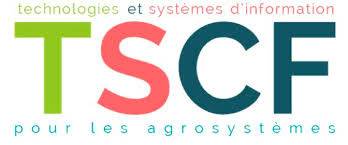
Test operator
Challenge ROSE
The ROSE Challenge (“Robotics and Sensors for Ecophyto”) supported from 2018 to 2021 by the French National Research Agency (ANR) has enabled the four selected consortia to develop innovative autonomous solutions for intra-row weed control in wide-spaced field crops (corn or sunflower) and field vegetable crops in order to reduce the use of phytopharmaceutical products by at least 50%, or even eliminate their use.
The OPEROSE project corresponds to the organizational part of the ROSE Challenge carried out by LNE and INRAE’s TSCF Unit.
(Video by Daniel + Virginie Barbosa from LNE!!!)
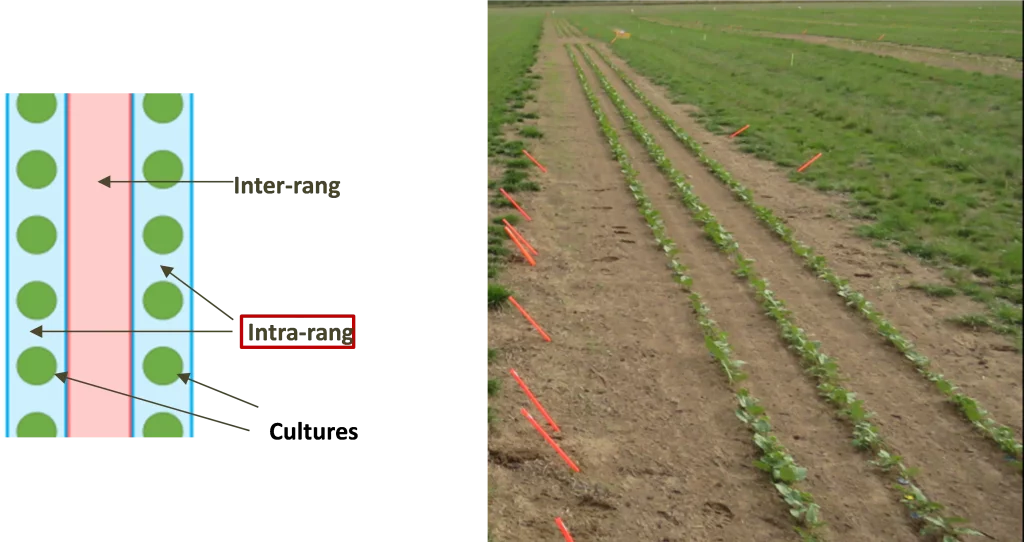
The evaluations were carried out under real agronomic conditions but under controlled conditions. The proposed characterizations covered the following points:
- Performance of in-row weed control solutions
- Qualification of Perception / Decision / Action systems
- Creation of weed recognition databases
The challenge also opened up new perspectives in terms of :
- Efficiency/environmental impact assessment of alternative weed control solutions
- Study/understanding of agrosystems (link between crops and weeds)
- Communications, popularization, demonstrations of technologies for agro-ecological practices through challenges
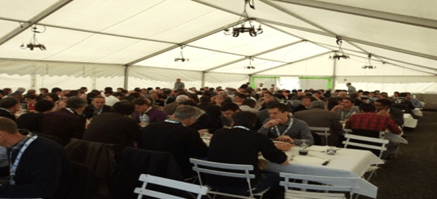
ACRE Challenge of the METRICS European Project
Following on from the Challenge ROSE, the AgroTechnoPôle hosted the 1st official competition of the Challenge ACRE (Agri-food) of the European METRICS project on its Montoldre site (03) from June 6 to 10, 2022.
The European ACRE competition is organized by 3 partners (i/ Institut POLIMI (Politecnico di Milano), ii/ UNIMI (Universita di Milano), iii/ UR TSCF (Unité de Recherche Technologies et Systèmes d’Information pour les Agrosystèmes d’INRAE)), while LNE (Laboratoire National d’Essais) is responsible for overall coordination of METRICS.

The second official campaign will take place from May 22 to 26, 2023 in Italy.

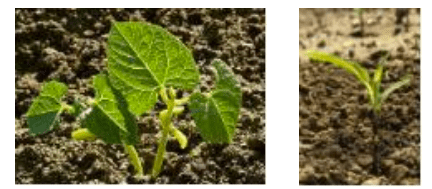
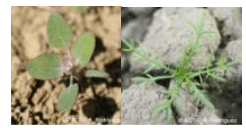

6 tasks are proposed to the participating teams:
Objective: decide which plants in a row are weeds and which are crops (intra-row detection).
Objective: estimate the leaf area of plants along a cultivated row.
Objective: produce a map of an entire culture by exploring it independently
Objective: estimate the above-ground biomass of crops
Objective: carry out fully autonomous intra-row weed control (i.e. eliminate weeds located between cultivated plants in a row without damaging the crop).
Objective: move around a crop without damaging it